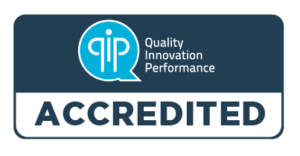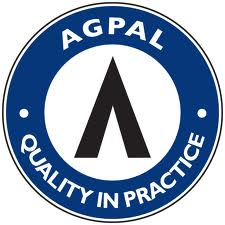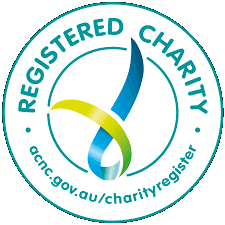Exercise is medicine. Relaxed movement and physical activity are vital to helping you manage your pain so you can do the everyday things that are important to you. Think for a minute about spraining your ankle or your back: when we experience acute pain, especially when it is distressing, one of the body’s natural responses is to initially tense up and limit movement, in order to protect the body. This protective response is usually short-lived (24-48 hours), but can be unhelpful in the longer term if it persists. Research shows us that movement, activity and exercise can be very helpful to reduce pain and improve function for people with musculoskeletal pain. Even if you have a medical condition like osteoporosis or have had surgery for back pain, movement, activity and exercise form a key component of your recovery.
Recent evidence on lower limb osteoarthritis shows that compared with no exercise, doing exercise (such as strengthening exercise) significantly helps reduce pain. The size of the benefit (known as the ‘effect size’) is much larger than the largest benefit shown for paracetamol in hip or knee osteoarthritis. In this context, exercise can be considered ‘medicine’. Improving function (e.g. our ability to engage in daily activities such as household tasks, work, study, socializing etc.) through movement, activity and exercise has profound beneficial ‘flow-on’ effects, including reduced disability, reduced depression and improved physical conditioning and increased quality of life. This module is focused on integrating movement with all the “pieces of your pain jigsaw” to help you move in ways that reduce fear, pain and improve your functioning.
Credits: Joyce McSwan – PainWISE Pty Ltd.
![]() Topic 3: Movement and Pain (Presentation)
Topic 3: Movement and Pain (Presentation) ![]() Welcome Newsletter
Welcome Newsletter









